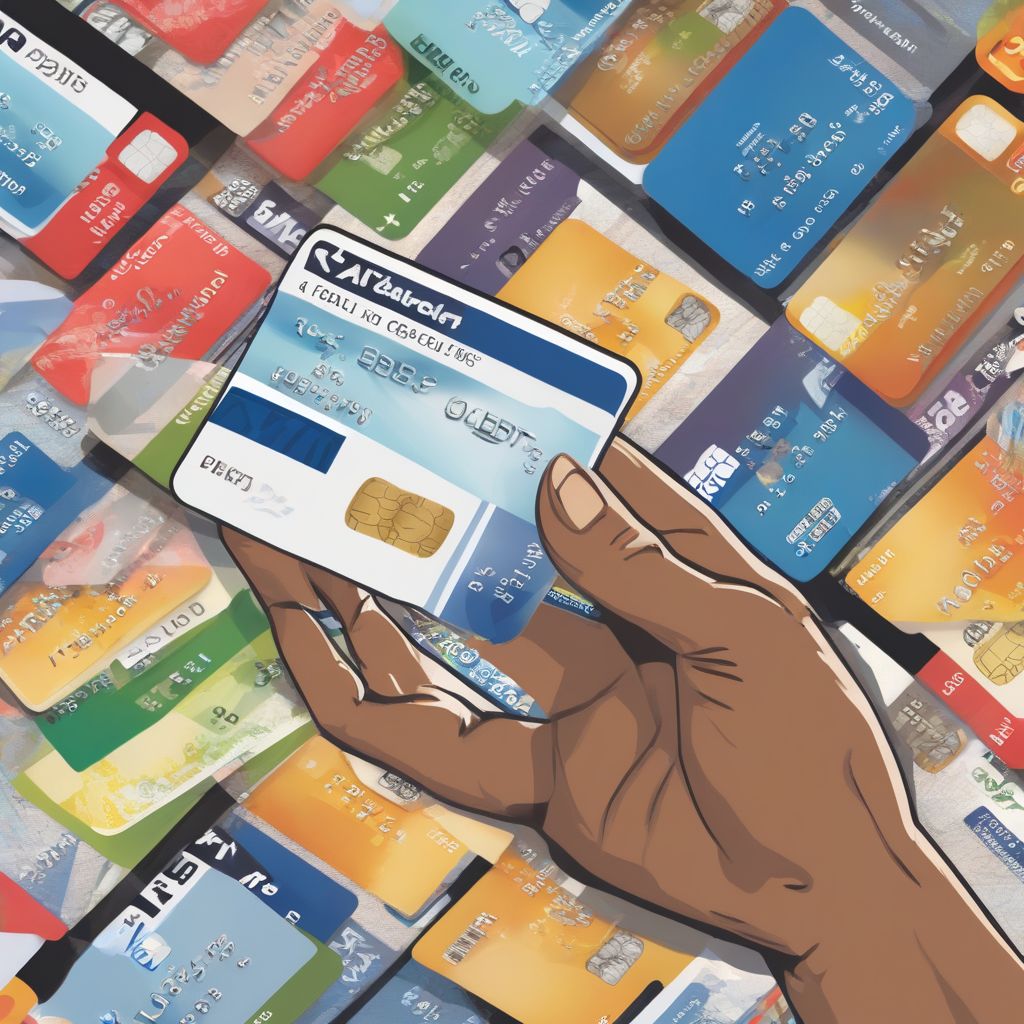In the world of personal finance, managing debt is crucial for achieving financial stability. High-interest credit card debt, in particular, can significantly impact your credit score and hinder your ability to reach your financial goals. This is where 0% balance transfer credit cards come into play, offering a powerful tool for consolidating debt and saving on interest payments.
This comprehensive guide delves into the intricacies of 0% balance transfer credit cards, equipping you with the knowledge to make informed financial decisions.
What are 0% Balance Transfer Credit Cards?
A 0% balance transfer credit card allows you to move existing credit card debt from one or multiple cards to a new card with a 0% introductory interest rate on balance transfers. This introductory period typically lasts for a predetermined duration, often ranging from 12 to 24 months, giving you valuable time to pay down your debt without accruing interest.
Why is this beneficial?
Imagine carrying a balance of $5,000 on a credit card with a 20% APR. You’re looking at potentially hundreds of dollars in interest charges annually. By transferring that balance to a 0% balance transfer card, you eliminate interest charges for the duration of the introductory period, freeing up funds to make significant progress in paying off your debt.
Understanding the Mechanics of Balance Transfers
How do balance transfers work?
- Application and Approval: The first step is to apply for a 0% balance transfer credit card. Lenders review your creditworthiness, and upon approval, they’ll assign you a credit limit.
- Balance Transfer Request: Once approved, you initiate a balance transfer, providing the new issuer with details of the debt you want to transfer (account numbers, amounts, etc.).
- Processing and Fee: The new issuer then pays off your old debt, effectively transferring the balance to your new card. Note that a balance transfer fee, typically a percentage of the transferred amount, applies.
- Introductory Period: Now your debt resides on the new card, subject to the 0% introductory APR on balance transfers. Utilize this interest-free period strategically to pay down your debt aggressively.
Benefits of 0% Balance Transfer Credit Cards
1. Interest Savings:
The most compelling advantage of 0% balance transfer credit cards is the potential for substantial interest savings. By eliminating interest charges for the introductory period, you can allocate more of your monthly payments towards reducing your principal balance.
2. Debt Consolidation:
Managing multiple credit card payments can be overwhelming. Consolidating your debt onto a single 0% balance transfer card simplifies your finances, making it easier to track payments and avoid late fees.
3. Improved Credit Score:
Strategically using a 0% balance transfer credit card can potentially improve your credit utilization ratio, a key factor in determining your credit score. Lowering your credit utilization demonstrates responsible credit management to lenders.
fastnovels.net/wp-content/uploads/2024/08/credit-card-debt-consolidation-66c5a8.jpg" alt="Credit card debt consolidation" width="1024" height="1024">Credit card debt consolidation
Potential Drawbacks to Consider
While 0% balance transfer credit cards offer significant benefits, it’s essential to be aware of potential drawbacks:
1. Balance Transfer Fees:
As mentioned earlier, balance transfer fees, typically ranging from 3% to 5% of the transferred amount, are standard. Factor this cost into your calculations to determine if the interest savings outweigh the fee.
2. Limited Time Frame:
The 0% introductory APR on balance transfers is temporary. After the promotional period ends, a standard variable APR, potentially higher than your previous cards, will apply. Ensure you have a solid plan to pay off or significantly reduce your balance before the introductory period expires.
3. Credit Score Impact:
Applying for a new credit card can result in a hard inquiry on your credit report, potentially lowering your credit score slightly. However, the potential long-term benefits of debt consolidation and interest savings can outweigh this initial impact.
Maximizing the Benefits of Your 0% APR Card
1. Create a Repayment Plan:
Develop a realistic budget that includes a dedicated amount for monthly payments towards your balance transfer card. Calculate how much you need to pay each month to eliminate the debt within the introductory period.
2. Resist the Temptation to Overspend:
It’s crucial to avoid accumulating new debt on your 0% APR card or other credit cards. Focus on paying down the transferred balance and refrain from making unnecessary purchases.
3. Set Up Payment Reminders:
Missing a payment, even by a single day, could result in losing your 0% introductory APR. Utilize calendar reminders or set up automatic payments to ensure timely payments.
Conclusion:
0% balance transfer credit cards can be a valuable tool for individuals seeking to take control of their finances and eliminate high-interest credit card debt. By understanding the mechanics, benefits, and potential drawbacks, you can make informed decisions to leverage this financial instrument effectively. Remember to research and compare different balance transfer credit cards to find one that aligns with your financial goals and credit profile. If used responsibly and strategically, a 0% balance transfer credit card can pave the way towards a brighter financial future.
Disclaimer: This article is intended for informational purposes only and does not constitute financial advice. Consult with a qualified financial advisor before making any financial decisions.
